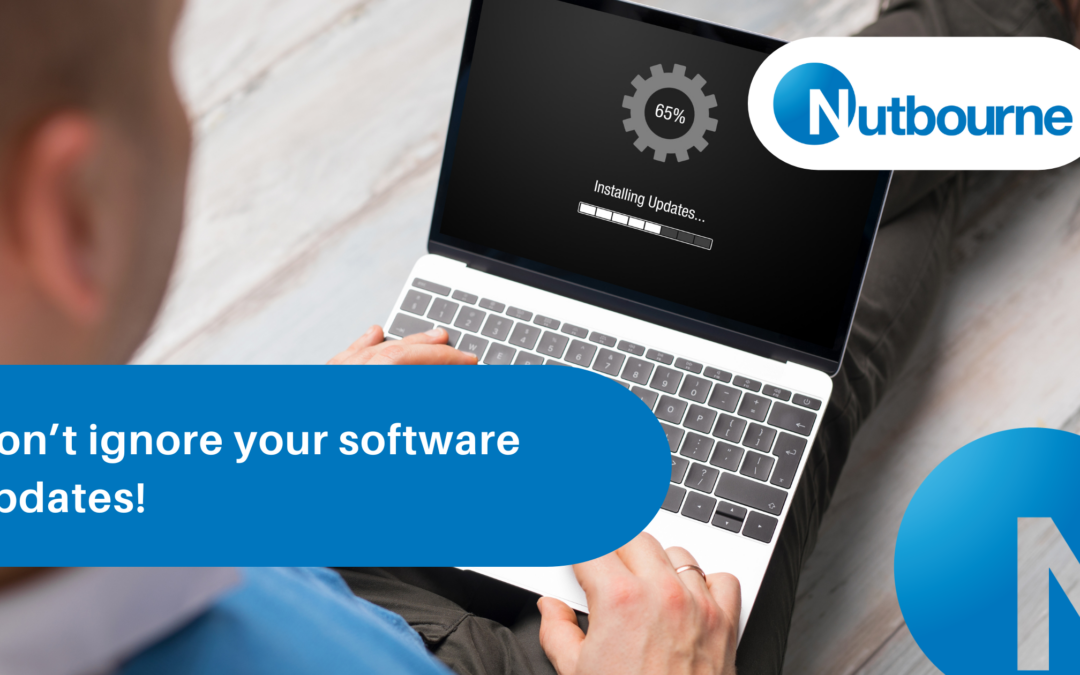Although software updates can be annoying, they’re absolutely necessary for the health of your machines and your IT environment.
And although it’s tempting to ignore them, or even necessary at (they always crop up when you’re busy, right?), do so can have a detrimental effect on your business and on your clients.
You’re probably thinking that sounds a bit dramatic – but it’s actually true – here’s why:
Security – Most often, software updates will include patches for security vulnerabilities. Hackers and cybercriminals are constantly looking for weaknesses in software to exploit. By keeping your software up to date, you can protect your system from known vulnerabilities and reduce the risk of cyberattacks. It also means your data and that of your clients is kept safe.
Bug Fixes – Updates typically address bugs and glitches in the ‘fabric’ of the software. These bugs can cause crashes, data loss, or other issues. Installing updates can improve the stability and performance of your software, and means that you’re less likely to suffer down time or the spinning wheel of doom.
Basically, they’re a conduit to the smooth running of your day to day applications – which is essential if you want to run an efficient business.
New Features – Updates often introduce new features and enhancements that can improve the functionality and usability of the software. You may gain access to new tools, improved user interfaces, and enhanced capabilities by staying up to date. Again, this is a matter of efficiency and effectiveness. Your software suite are the tools of your trade – keeping the blade sharpened is essential for getting the best out of them.
There are a host of other reasons too, including compliance, data protection and longevity which are all crucial to the smooth running of your laptops, phones and tablets. We know that it’s annoying and frustrating to perform updates in the middle of a project or email – but the consequence of not doing so can be damaging.
As a workaround, we suggest scheduling updates to all your software during down time or latent periods – you can do this in the middle of the night when the office is empty or when your teams are less likely to be working.
Not sure how to do this? Drop us a line and we’ll sort it for you.

